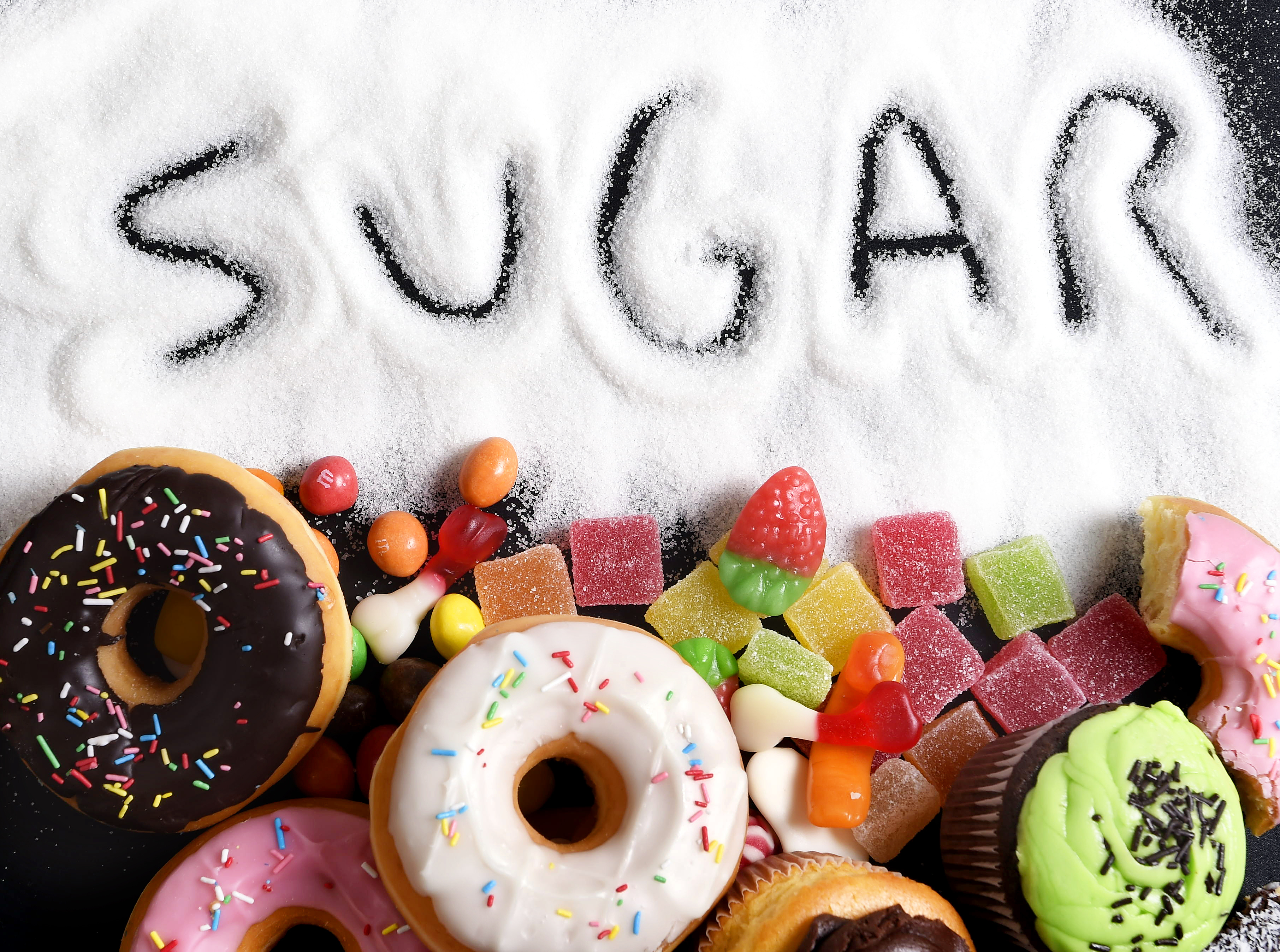
Sugar plays a significant role in the development of tooth decay, making it one of the primary contributing factors.
Different types of sugar can be categorized as follows:
Added sugar: This refers to sugar incorporated into food and beverages during processing, manufacturing, or when consumed directly. For instance, adding sugar to your tea, coffee, or sprinkling it over your breakfast cereal.
Free sugar: It encompasses both added sugars and naturally occurring sugars found in honey, syrups, fruit juice, and fruit juice concentrate.
Natural sugar: It pertains to sugars inherently present in the structure of food products, including vegetables, fruits (fructose), and dairy (lactose).
Both natural and added sugars can affect your teeth in a similar manner. However, foods like fruits and milk contain small amounts of natural sugars along with beneficial components such as fiber, vitamins, minerals, and calcium, which can help protect teeth and bones.
Processed foods with high levels of added sugar often lack nutritional value or provide limited nutrients.
The World Health Organization (WHO) recommends a daily sugar intake of 6 or fewer teaspoons (24 grams) of free sugar. On average, a can of soda contains 10 teaspoons of sugar, which exceeds the recommended limit by 1.5 times. This amount corresponds to 5% of an individual's daily total energy intake measured in kilojoules (kJ). In Australia, kJ is the unit of measurement, whereas some countries still use calories. As a reference, 8360 kJ is equivalent to 2000 Kcal.
For maintaining a healthy weight, the average adult requires around 8,700 kJ per day.
To calculate sugar consumption based on 5% of 8,700 kJ (daily total energy):
5% of 8700 kJ = 435 kJ
To convert this into teaspoons:
435 kJ ÷ 68 kJ (approximate kilojoules in 1 teaspoon of sugar) = 6.3 teaspoons of sugar per day
Keep in mind that these calculations are based on averages. For personalized advice regarding your health and dietary needs, consult your doctor or a qualified dietitian.
If you wish to learn more about protecting your teeth from sugar, you can watch the latest video "How to Protect Your Teeth from Sugar" by the Australian Dental Association, available at this link: [insert YouTube link]
Converting grams to teaspoons: 1 teaspoon = 4 grams
Teaspoons are commonly used to measure sugar content in food and drinks, as it helps visualize the amount of sugar in terms of spoonfuls.
To determine the number of teaspoons in a given quantity of sugar, divide the amount of sugar in grams by 4.
For example, if a serving contains 10 grams of sugar:
10 grams ÷ 4 grams per teaspoon = 2.5 teaspoons of sugar